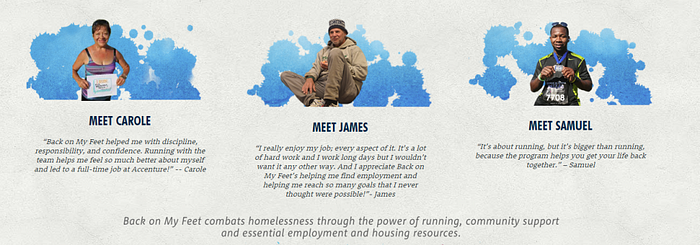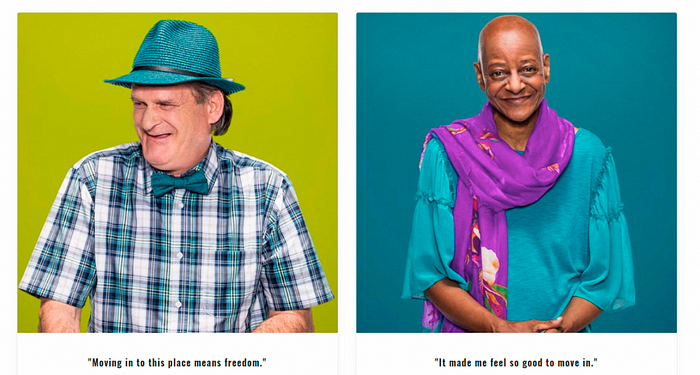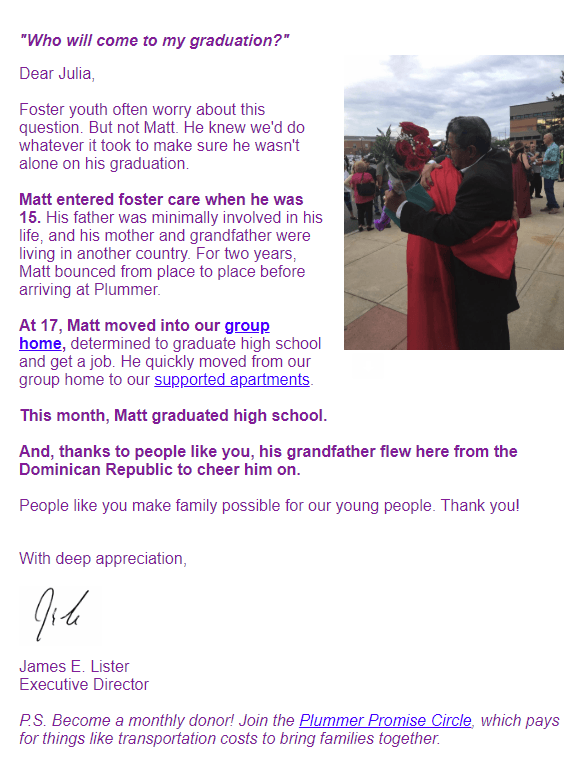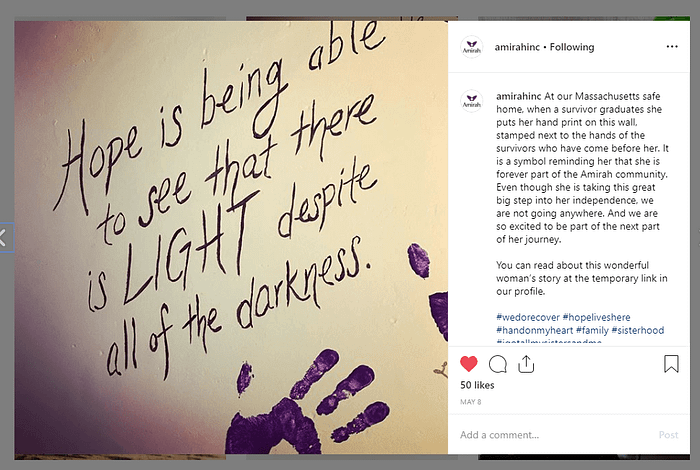The Essential Guide to Donor Retention in the Digital Age

Nonprofits, we are failing our donors.
The Fundraising Effectiveness Project’s 2018 Fourth Quarter Report found that charitable giving did in fact increase by a meager 1.6% in 2018.
Cause for celebration? Hardly.
The overall number of people giving is declining: The total number of donors dropped by 4.5%.
Getting new donors is an uphill battle: New donors to an organization dropped by 7.3%
People are giving once but not again: Newly retained donors, those who have given a second time to an organization, dropped by 14.9%.
Small donors are disappearing: Gifts of less than $250 declined 4.4%.
All of these statistics should be ringing alarm bells throughout the sector.
Philanthropy is increasingly becoming a hobby of the wealthy and small donors are getting left behind.
New people are not getting on board with giving and taking the place of older donors who are aging out.
Not to mention that the way we treat our donors is pretty shameful.
In my work with small nonprofits, there is often a focus on using social media and digital tools to “grab attention”, “raise awareness”, “get new people on board”.
Sure, getting new people excited about and interested in your work is important.
But what about the people you already have in your tribe?
If securing more revenue immediately is your biggest organizational priority, let’s look at your donor retention rate.
Simply put, your donor retention rate is the percentage of donors who give again after the first gift. Across the sector, donor retention is pretty abysmal — hovering around 40–45%.
This means that if in year 1, you receive 1000 individual donations, by year 2 only 400 donors will give again.
By year 5, only TEN of those same donors will still be giving. Looking at the numbers in this way may be shocking, but let’s get uncomfortable! Recognizing that we have a problem is the first step to change and improvement.
So, What Can Nonprofits Do???
First of all, don’t panic.
There are many ways to combat donor attrition and increase donor retention, and I’m going to show you 10 ways to do it. NOTE: This article is for marketers and fundraisers alike — anyone at your organization who communicates with donors or donor prospects.
Second: Get marketing and development staff on the same page.
(You may be a department of one, in charge of all communications, outreach, fundraising, marketing, and social media, and in that case, put on all of your hats.)
As we examine the reasons why donors leave and why they stay, think strategically about specific ways that marketing could help and specific ways that fundraising could help.
I don’t believe in silos, but I do believe that marketing and fundraising require different skill sets and prioritize different goals.
Marketing is about finding the right people and getting them to pay attention; fundraising is about solidifying and growing relationships with the people who have indicated an interest. (It’s next to impossible to raise money from complete strangers who have never heard of your work — warm audiences work best.)
Third: Understand the reasons WHY your donors leave.
Dr. Adrian Sargeant wrote in his must-read article Managing donor defection that there are 8 main reasons why donors stop giving to an organization:
- 5% — thought charity did not need them
- 8% — no info on how the monies were used
- 9% — no memory of supporting
- 13% — never got thanked
- 16% — death
- 18% — poor service or communication
- 35% — others seen as more deserving
- 54% — could no longer afford
Some of these of course we cannot control. I bolded the ones that we CAN control.
These reasons are also a generalization. Your donors may have other reasons! #notalldonors
Seeing some of these reasons may frustrate you, especially when you think, “I send out a quarterly email newsletter and I post once a week on Facebook!”
The issue is that’s not enough.
You need to communicate more frequently and more thoughtfully with donors, about the issues that they care about, in order to register on their radar and make them feel like they are part of a community.
Think about your donors who thought that you didn’t need them. Were you too busy talking about your accomplishments and how great you are? Did you explain that the problem persists, that many more great things are possible with their investment and continued support?
(I can’t even with the “never got thanked” reason — however you do it, email, text, letter, phone call — pick one and individually THANK ALL OF YOUR DONORS.)
Fourth: Understand the reasons WHY your donors stay.
The DonorVoice National Donor Commitment Study names 7 key drivers of donor retention:
- Believes that the nonprofit is creating effective change
- Understands what to expect
- Gets a sincere, TIMELY thank you right after the gift
- Has a chance to tell the nonprofit what they think
- Feels part of an important cause — a movement bigger than themselves
- Feels acknowledged and appreciated
- Sees information and stories about who is being helped/the impact of the work
Your donors may have other reasons, and your list may not look like this, but it’s a good place to start.
Determine the top 5 reasons why your donors stay with you. If you don’t know their reasons, take the opportunity to call a handful of them.
Send a personalized email. Create a donor survey using SurveyMonkey. Ask on social media.
There are quite a few ways to get in front of donors and ask them for their input — they will appreciate it (and it will cover reason #4 on this list, a win-win).
Fourth: Craft your digital communications plan around these reasons.
Look at the list of reasons why your donors leave, and why they stay.
Craft your social media posts, emails, website content, and more with these reasons in mind.
Here are 10 examples of how to use social media and digital tools to increase donor retention and communicate more effectively with your donors and supporters:
Donor thinks that we don’t need them.
Examine your marketing materials. Are they always focused on how great you are, your biggest accomplishments?
Demonstrating impact is important, but donor communications should make explicit that the work isn’t done — it’s only begun.
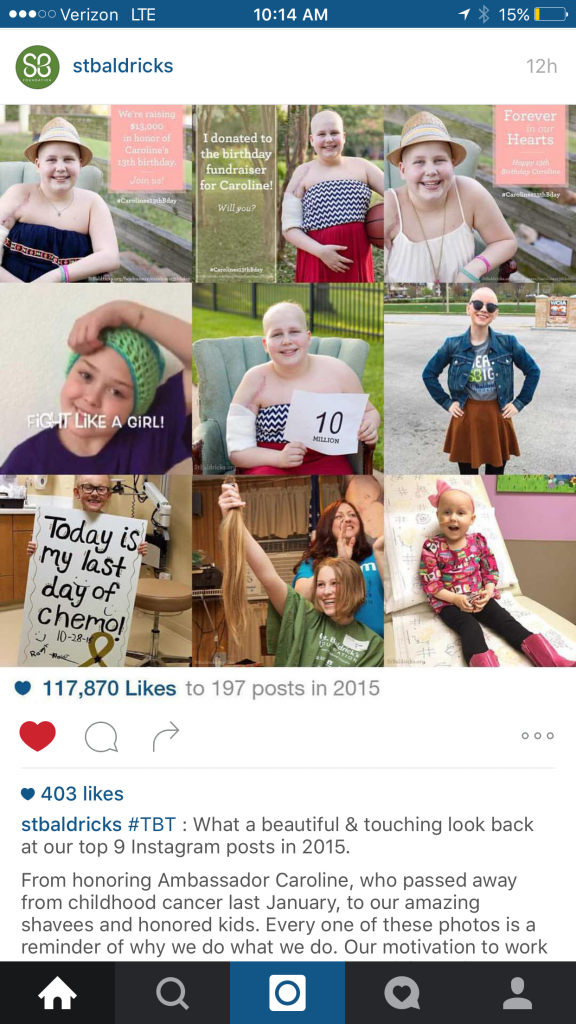
Donor wants information on how their gift was used.
Every donor should be getting regular updates on the programs and services they have supported.
Donor segmentation is vital to making the donor feel appreciated and that their gift didn’t just fall into a black hole.
If they gave to a specific campaign, or if they donated because of an event, be sure to customize the communication that they receive.
Do not lump all donors into your regular mailing list — the more personalized the touchpoint, the more likely they will be to give again.
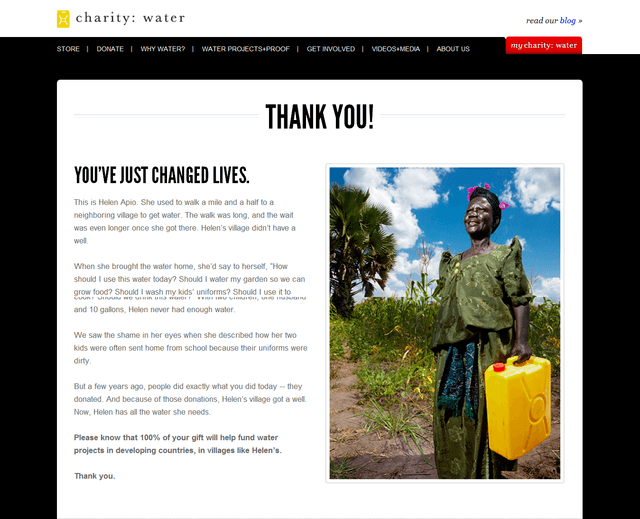
Donor wants information on how we are creating change.
The work of social media should not be creating perfect, flawless #IWokeUpLikeThis content.
Authenticity and amateur photos and videos work very well on social because we are all craving human connection, not slick advertising or photoshopped Instagram models.
Creating change and moving the needle on the hard, complex topics we work on every day is messy. It’s not perfect, and it’s not always tied up in a red shiny bow.
This is the perfect use of social media — showcasing Mission Moments, behind-the-scenes glimpses of the work, what it entails, community partners, staff, volunteers, and more.
Use social media to document the daily work, not to create perfect posts and tweets.
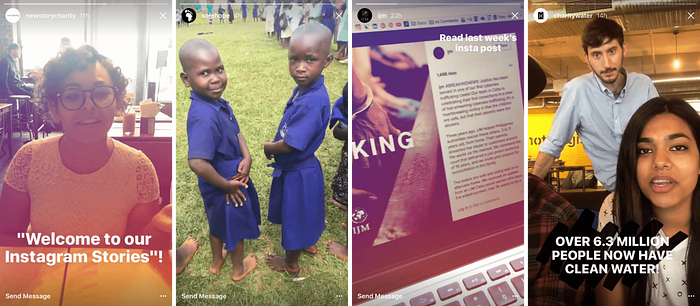
Donor wants to know what to expect.
If you are going to email donors once per week with impact stories, let them know that up front.
If Instagram is the place where you are going to post helpful information to keep them up-to-date on action alerts, tell them.
When donors know what to expect and when you are going to communicate, they feel calmer and it creates a sense of trust.
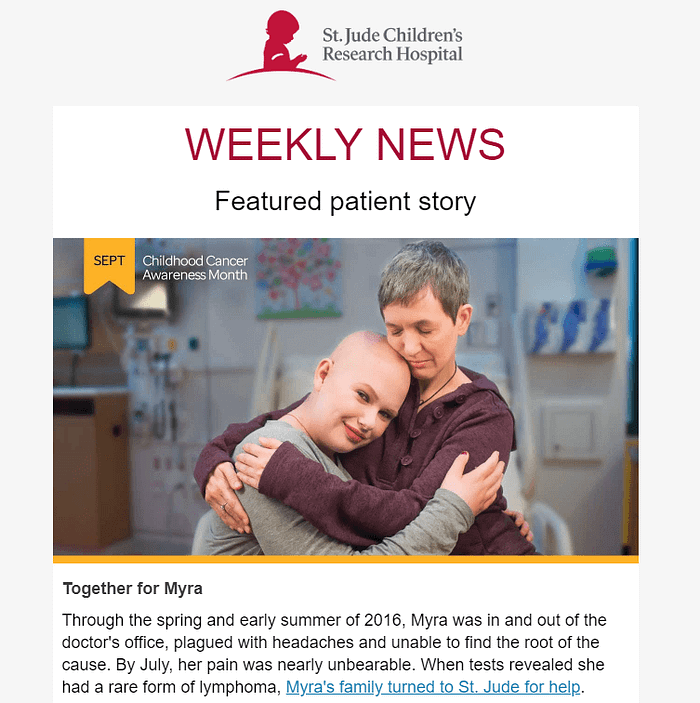
Donor wants to feel part of an important cause.
Where does your organization fit into the bigger picture?
Too often we are only thinking about our little piece of the pie. What role do we play in the larger cause?
Even if we are a small, locally-based organization, we are grappling with issues that play on a much larger stage — homelessness, addiction, violence, poverty, racism, inequity, and more.
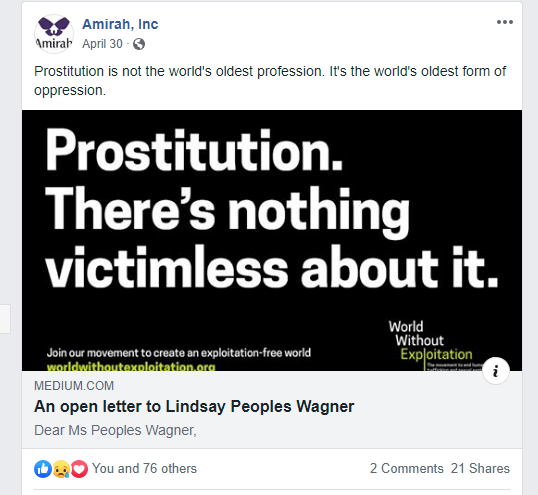
Donor has no memory of supporting us.
Nonprofits constantly assume that they are going to annoy their donors with too many posts, tweets, and emails, but the opposite is often true.
In order to “cut through the clutter” and reach supporters, we need to provide multiple touchpoints.
Direct mail, phone calls, event invitations, social media posts, emails — all with the goal of showcasing the impact that their gift made, and drawing them in closer to us.

Donor wants a chance to share their views.
Donor surveys are a perfect way to do this!
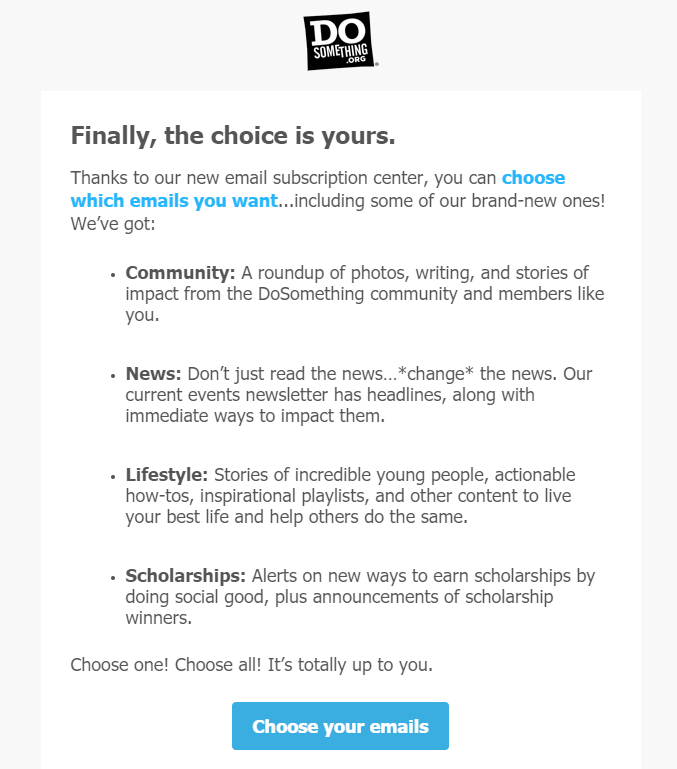
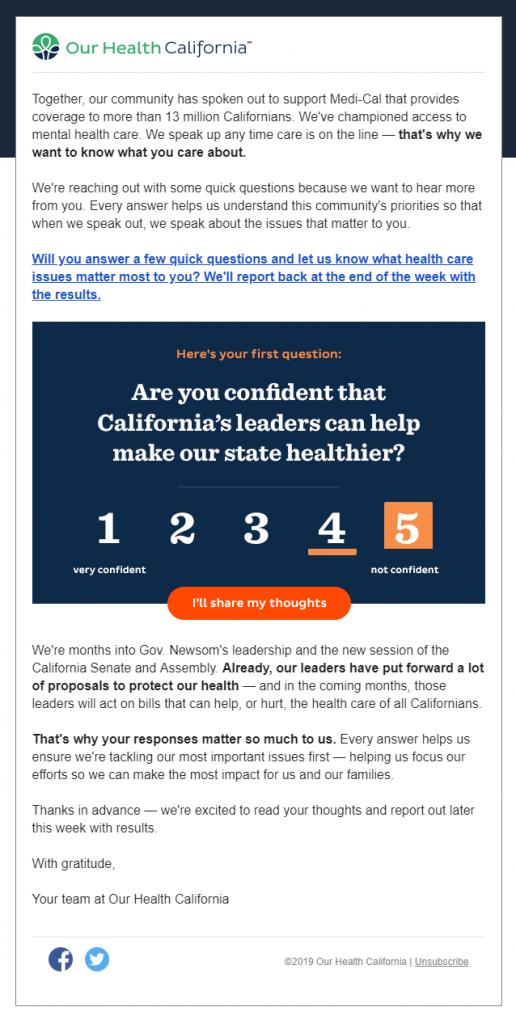
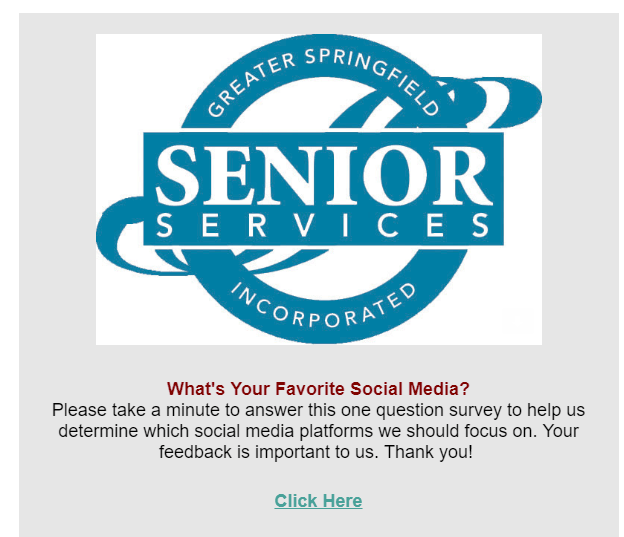
Donor never got a timely, sincere thank you.
Every single donor needs to receive a thank you within 24 hours of making their gift. There, I said it.
The message doesn’t have to match the medium in which they gave!
There is a misperception that any kind of digital thank you is impersonal — it’s not! And it’s MUCh better than not receiving anything!

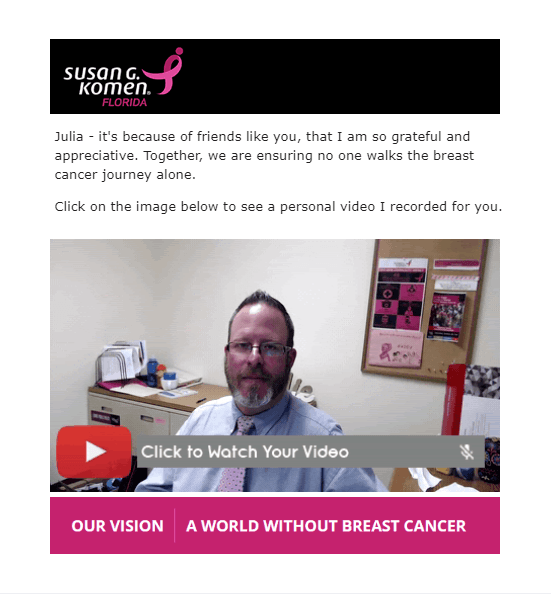
Donor sees others as more deserving.
We can’t control what’s in the headlines, and national emergencies, and natural disasters.
You may be working on a complicated, complex cause, or be raising money for an incredibly rare disease or a very niche localized issue.
While challenges abound in our world, no matter what we do, we cannot constantly lament the fact that we don’t have puppies and sick children in our marketing materials to pull heartstrings and get those impulse donations.
Your work and your mission is worthy of investment and donations.
Finding the right people and giving them a targeted message at the right time is what works — not shouting from the rooftops or yelling at strangers with online ads.
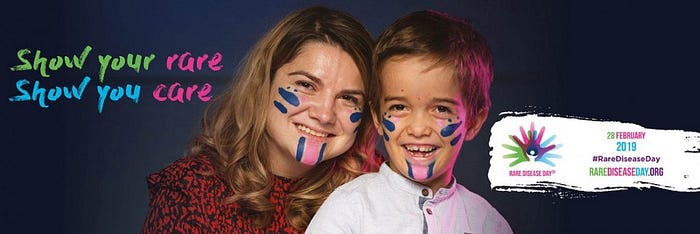
Can you THINK of a more complicated and unsexy cause than research for infectious diseases? Yet the IDRI made a funny, entertaining thank you video for donors, playing on their unique strengths and quirkiness.
Donor wants to see stories of the people impacted by the work.
This is self-explanatory, and a topic that I spend a lot of time extrapolating — I wrote an entire book on it!
No matter the mission, nonprofits cannot escape the power of story to connect, to engage, and to inspire.
